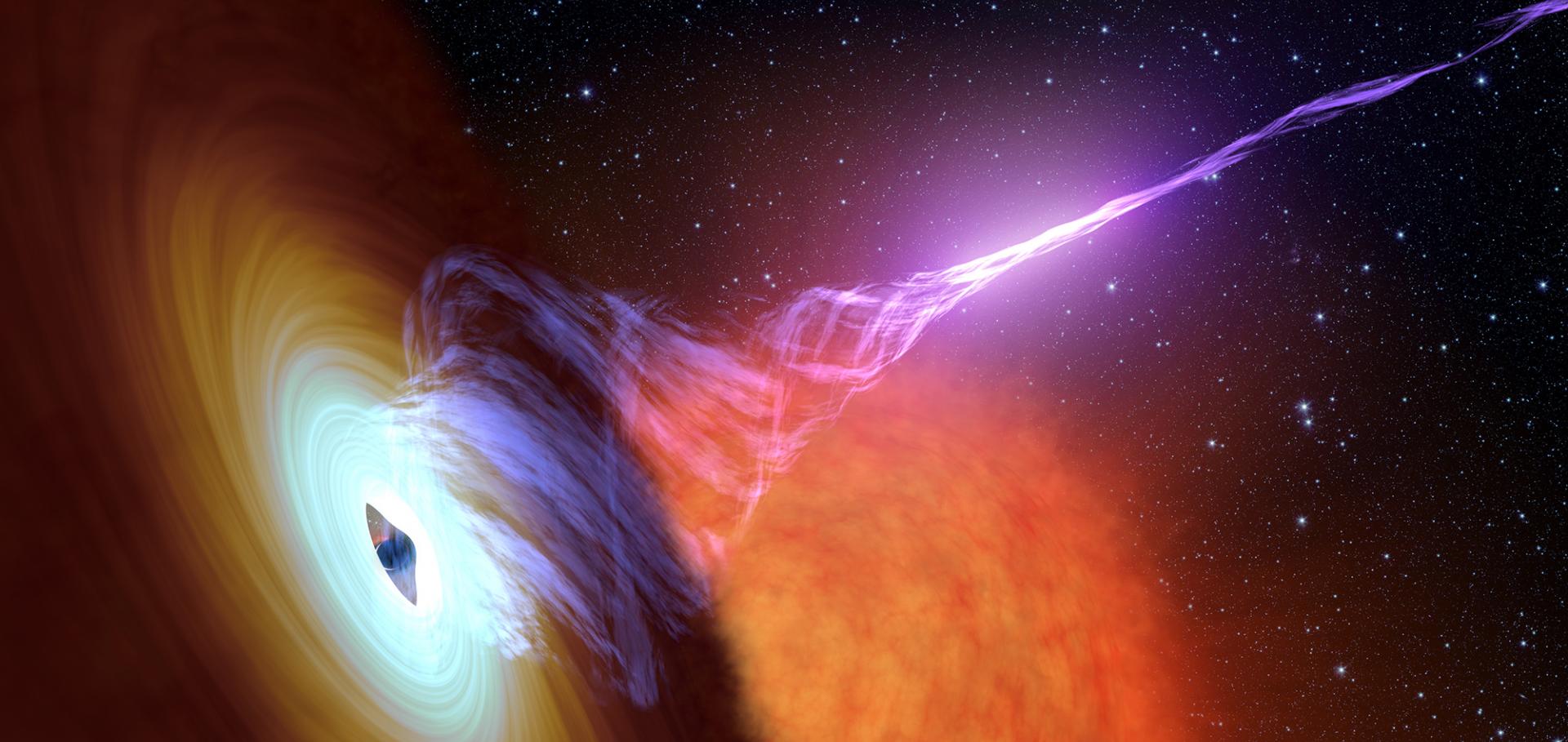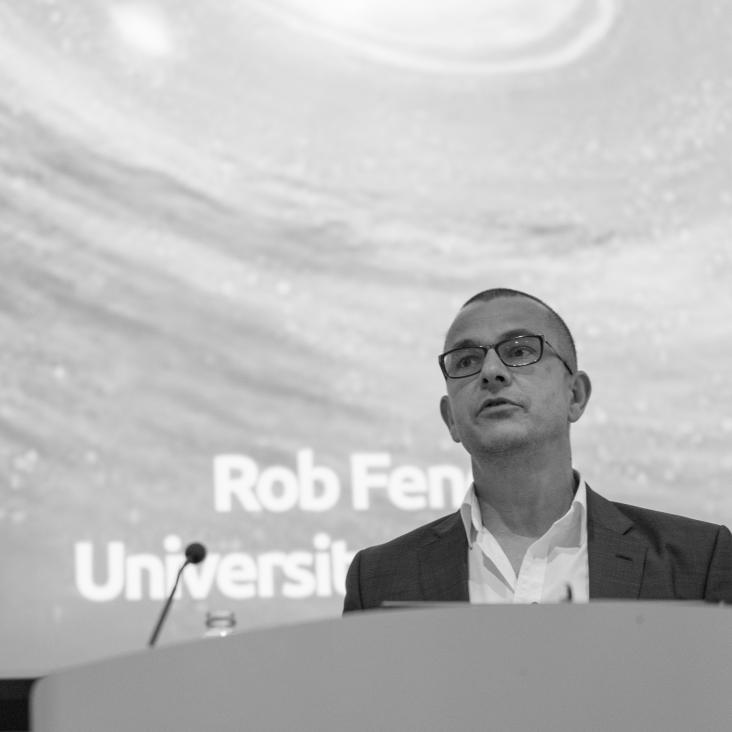The 1997 hard state outburst of the X-ray transient GS 1354-64 / BW Cir
(2000)
A jet model for the broadband spectrum of XTE J1118+480: Synchrotron emission from radio to X-rays in the Low/Hard spectral state
(2000)


